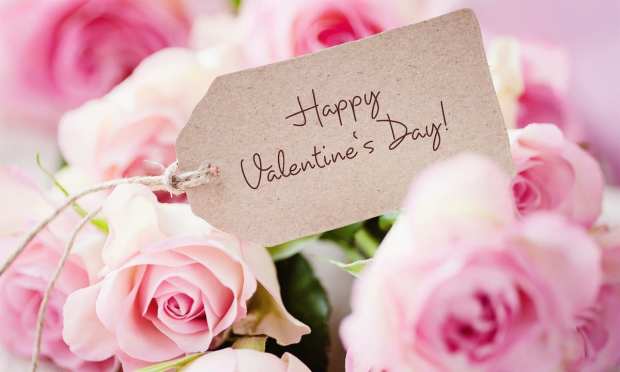Valentine’s Day Will See Fewer Retailers Coping With More Demand

In a good year, Valentine’s Day is a madhouse for the country’s 13,000-plus florists. In a bad year, it can be downright frustrating.
While research shows the number of retail flower shops in the U.S. has declined by 40 percent over the past 15 years, the pandemic’s economic downturn has accelerated that decline and left a fragmented industry where the 50 largest flower sellers account for less than 10 percent of total sales.
As much as this annual holiday is a celebration of love and friendship, meeting this Sunday’s surge in demand will be extra challenging this year as the remaining retailers are also coping with a separate source of demand: a spike in funerals due 2,000 to 3,000 daily COVID deaths.
“We are busy for the wrong reasons,” said Mark Chatoff, CEO of the California Flower Mall, home to more than 30 wholesale shops serving thousands or florists in and around Los Angeles. Where once there were weddings, graduations and conventions to serve, Chatoff said, there are now funerals.
In fact, given that over 90 percent of cut flowers are imported, the pandemic’s logistical disruptions cannot be overestimated. It’s a reality that has resulted in price increases of up to 50 percent for certain types of high-demand, tight-supply arrangements that last year would have sold for $85 and are now going for $125.
The Worst Best Year Ever
Like many retail industries, small, locally owned and operated florists having been making the digital migration for years, but updates like curbside pickup or buy online, pickup in store (BOPIS) have been slow to arrive at most flower shops. Even delivery, which has always been a staple of the flower business, has been complicated this year, in the face of unprecedented demand for hard-working, reliable drivers who are willing to hustle the “final mile” and complete the gifting process.
Even so, national dealers like 1-800-Flowers — a $2.2 billion publicly traded floral colossus with 3,500 employees and 15 brands — have adapted to the changing landscape and flourished.
“We are very pleased to report the highest quarterly revenue and profit in our Company’s history,” Chris McCann, CEO of 1-800-FLOWERS.COM said of his firm’s recent record top- and bottom-line results, which saw sales rise 45 percent on a 60 percent spike in eCommerce.
While McCann acknowledged facing “significant headwinds” last quarter, including increased labor and transportation costs, he said years of investment into its brands, digital marketing and technology stack have left the company in a very strong competitive position.
“We are continuing to leverage our efficient digital marketing programs to take advantage of the seismic shift in consumer shopping from traditional brick-and-mortar to ecommerce,” McCann said. “As a result, we continue to see exceptionally strong new customer growth combined with increased frequency from existing customers.”
Despite that rosy outlook, the company said it was still unable to give full year guidance due to “significant uncertainty in the overall economy.”
Budding Optimism
According to a recent retail member survey conducted by the Society of American Florists, the industry’s largest trade association, flower shop owners are planning for continued prosperity this weekend, despite the less than optimal reality of Valentine’s Day falling on a Sunday this year, versus a Friday last year.
“More than 80 percent of respondents reported an increase in December 2020 holiday sales, compared to those in 2019, and 50 percent say they are expecting Valentine’s Day 2021 sales to exceed those of 2020,” the SAF said.
To say that Valentine’s Day is the industry’s Super Bowl would not be an exaggeration, since the SAF says it is the number one holiday for florists and for floral purchases, accounting for 30 percent of annual transactions and 28 percent of dollar volume.
